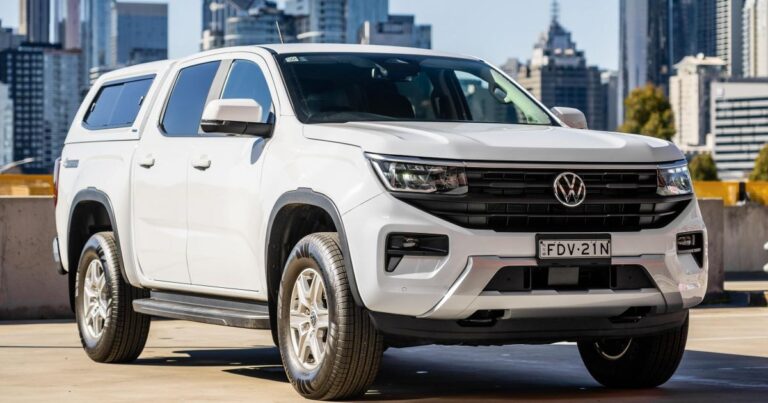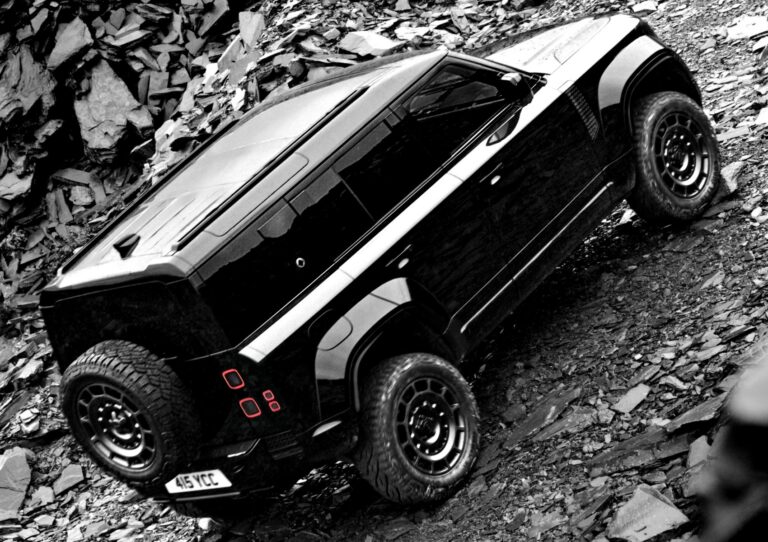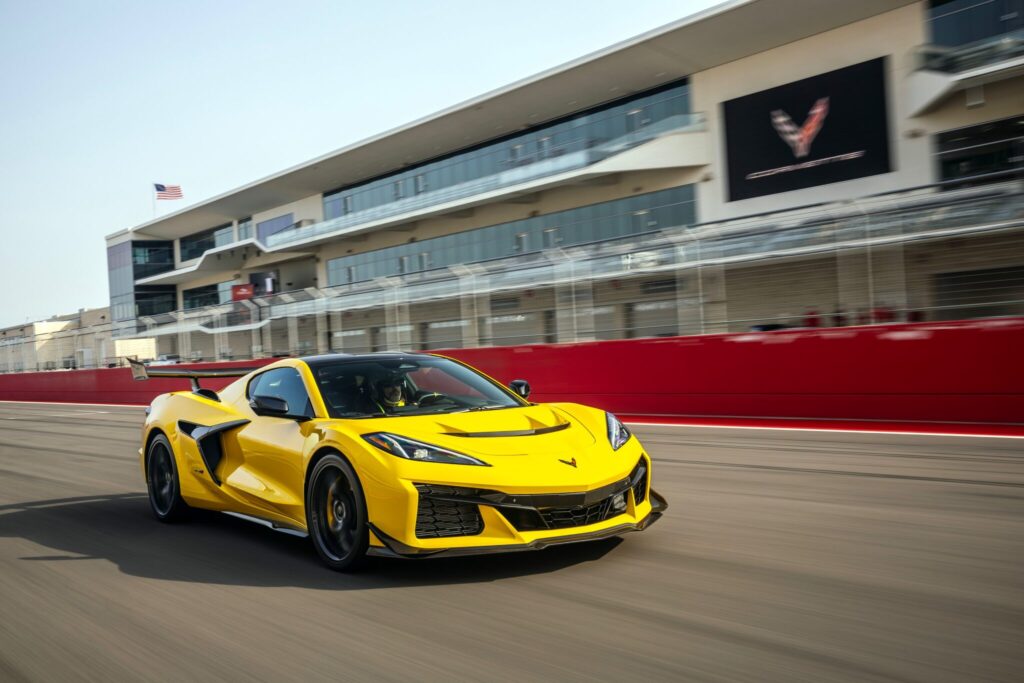
Only one place made sense for Chevrolet to debut the new Corvette ZR1, the most powerful car ever from any major American automaker that’s on sale today and the most powerful internal-combustion car in the world priced under $1 million. Perhaps I shouldn’t have been surprised, then, that Chevy invited me to join select media for a day at Circuit of the Americas, the home of Formula 1’s United States Grand Prix, where every last drop of the new ZR1’s unbelievable 1,064 horsepower might actually come in handy.
At COTA, Chevrolet’s engineering team explained that the ZR1 fit into the plan for an eighth-generation Corvette from the get-go. Sure, switching to a mid-engine layout helped the C8 compete with other supercars by improving balance, traction, and handling. But the wider engine bay also allowed for the sheer physical space to bolt in a 5.5-liter V8 with a massive 76-millimeter turbocharger on each side. By contrast, the previous generation’s front engine bay was simply too narrow, which dictated the use of the more compact supercharged LT5 V8 that produced “only” 755 horsepower.
That former top-spec ’Vette earned a reputation for being an untamable beast, so during the C8’s development process, the original goal was for the ZR1 to hit “just” 850 horsepower. But soon enough, four figures came into sight, and the engineers clearly went power mad. How can a major automaker reliably produce so much from just 5.5 liters of displacement? First of all, the LT7 engine clearly resembles the naturally aspirated Z06’s screaming LT6 with its flat-plane crank, but now features revised air routing to handle more intake and exhaust from the cylinders. Those turbos are also the largest ever fitted to a production vehicle, capable of pushing 24-25 psi of max boost right up as close to the limit of rotational velocity as possible before the internal vanes would simply shear off and detonate the engine.
In testing, Chevy even broke a couple of dynos before eventually reaching the final output of 1,064 horsepower, which allows for a claimed 0-to-60 time of just 2.3 seconds. That figure bordered on the edge of believability, though, due to the ZR1’s rear-wheel-drive layout, until real-world testing proved that the car might be even quicker thanks to the prodigious grip of the massive 345-millimeter-wide rear tires.
The rest of the ZR1’s recipe follows in similar fashion, with more cooling and aero to complement the prodigious power. At COTA, the track setup looked somewhat like the naturally aspirated Z06, but with every dial turned up to 11. So much so that I hit my highest top speed ever, roaring up to 181 miles per hour on the long back straight, early in the day. But the most insane part of that mind-blowing achievement was how calm and capable the ZR1 felt—a testament to the C8’s inherent chassis stability as much as anything else.
Adjusting to a World-Class Track in a World-Beating Supercar
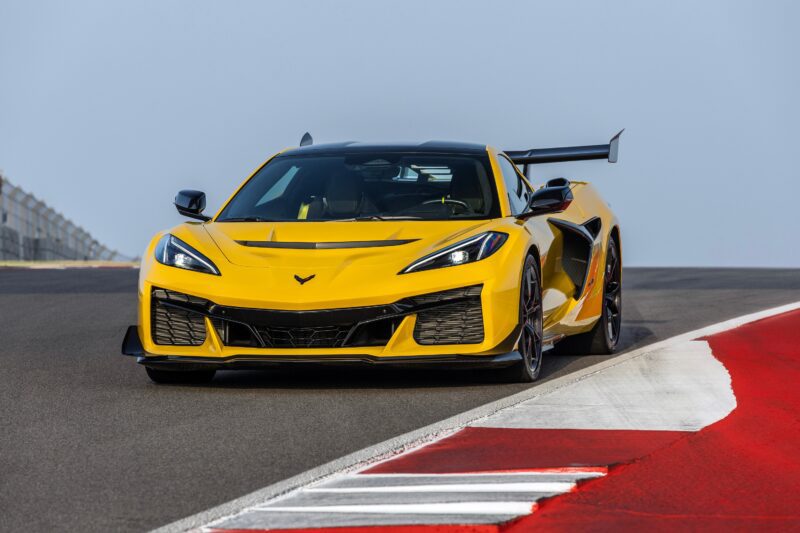
Chevy had started us out in a fleet of base Z51 Stingrays the afternoon before, to help burn off any jitters while adjusting to COTA’s surprisingly tricky twists and turns in a car with 495 horsepower on tap. I had never driven the circuit before, but even just warming up in the Z51, I crested well over 140 miles an hour, which helped me build up a bit more confidence ahead of the next day in the ZR1.
As with the Z06, which now slots in between the Z51 and ZR1, Chevy offers two main configurations: a softer, more road-biased chassis (option code FE8) equipped with Michelin Pilot Sport 4 S tires or the more hardcore FEJ package that adds stiffer springs, revised MagneRide shock damper tuning, and Cup 2 R tires.
Then there is the choice of aero, which starts with a low-drag standard configuration that allows for the ZR1’s top speed of 233 miles per hour—another real-world stat that Chevy hit last year at Papenburg, Germany, with GM President Mark Reuss behind the wheel (also setting a record for the highest top speed of any car in the world under $1 million). For shaving lap times, rather than setting top speed records, the optional ZTK aero package adds a larger Gurney flap ahead of the front heat extractor, dive planes, and an enormous wing to produce total downforce of 1,200 pounds.
Adding the ZTK package cuts into that potential top speed, but it was a worthy tradeoff at COTA, where I relied more on downforce at threshold braking while trying to haul down from 181 miles an hour before the next corner. Plus, a bit more grip while ripping through tight turns and wide sweepers alike only emphasized the C8’s mid-engine balance. By just a few laps into my first stint in the “base” FE8 ZR1, I already started putting enough pressure on the PS4S tires to sense some slip-and-slide fun. Then we stepped up to the more hardcore FEJ and ZTK cars.
Hitting Full Throttle with the Hardcore FEJ and ZTK Packages
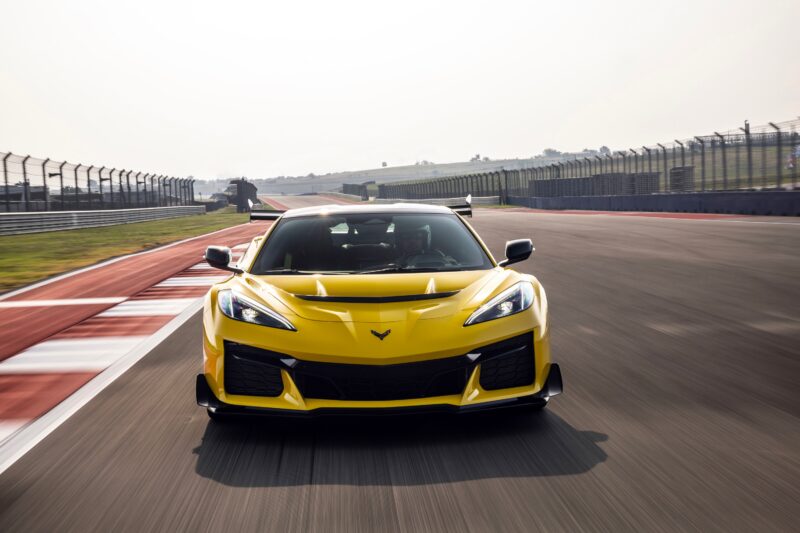
Immediately, I noticed renewed feedback from the front end, as the grippier Cup 2 R tires absolutely glued to the tarmac. But revised programming for the electronically assisted steering also shone through, too. Meanwhile, the ZR1 could now put down all that power much more effectively, stomping out of corners with far more punch and hitting higher speeds through every portion of the track than I ever expected from something that weighs over 3,500 pounds. The sheer physics of going so fast seemed to melt my brain, and I legitimately struggled to find the speed I knew the ZR1 could handle. Almost lucky, then, that for full-throttle sessions, the fuel tank starts to run dry after just eight to ten laps.
After a quick stop to top up on 91 octane, I roared back out onto the track determined to push harder, and harder, and harder. But the ZR1 just took everything I threw at it without any concern, as shown by the oil temp gauge rarely climbing above 220-degree Fahrenheit. All this on a hot and humid Texas afternoon, when engineers estimated the engine probably detuned itself by around 5-10% to prevent heat soak in the turbos.
Not bad, to say the least. Yet even as much as I reveled in the engineering prowess of the more hardcore FEJ and ZTK packages at COTA, I suspect the ride quality likely ends up far too stiff for enjoyable driving on public roads—even with the MagneRide dampers set to their softest mode. I’ll need more time alone with the ZR1 to be certain, though somehow I doubt that GM will allow journalists much in the way of unsupervised fun with such a boisterous car.
The only way that Chevy – or any automaker, for that matter – can responsibly sell a rear-wheel-drive supercar this powerful comes down to modern traction control programming. At COTA, we stayed in Sport mode, and I noticed frequent power cuts when pushing out of corners or rolling over curbs under acceleration. Eventually, ZR1 owners will no doubt figure out how to turn off the electronic nannies entirely and discover how quickly this beast can wind up and spin out, which explains why so many cars, ever since the Bugatti Veyron eclipsed that four-figure horsepower rating, tend to rely on all-wheel-drive.
Not so for the Corvette ZR1, or at least not yet until the ZR1X variant arrives later this year with an electric motor powering the front wheels to produce a combined output of 1,250 horsepower. The ZR1X will share that same widebody design with the Z06, but with the ZR1’s sacrificial front trunk, similarly enhancing the cooling capability and downforce.
The New Corvette ZR1: Conclusions
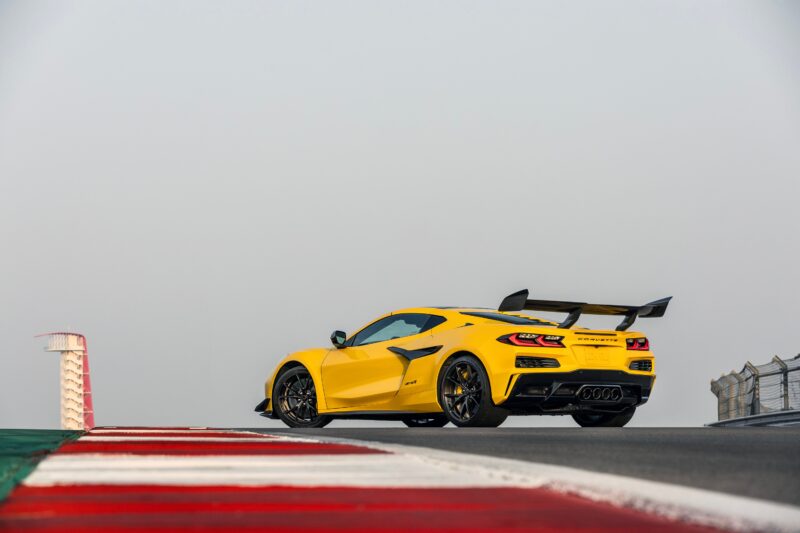
And even after a romping day at COTA, I still must admit how much the C8’s design emerges as the least appealing aspect of the ZR1. The mid-engine supercar shape looks a bit more sleek with the low aero package, but the aggressive ZTK package’s enormous wing almost entirely blocks any rear visibility. And the interior still unfortunately features a claustrophobic center console and entirely unintuitive controls. Thankfully, Chevy has already revealed an updated interior layout for model year 2026, with new screens and switchgear, plus a handle for passengers to grab onto during hard charging moments.
I’d advocate for waiting to buy a ZR1 until 2026 model years hit dealer lots, just for that reason, but the decision to sell a limited number officially as model year 2025 with the old interior may add to the rarity factor for early orders. For now, tacking on options including the electrically controlled hardtop convertible or either the FEJ or ZTK packages can easily bump the MSRP to right around $200,000 from a base price of $174,995.
But that’s still a fraction of any comparable powerful supercars, most of which rely on hybrid power and all-wheel drive to achieve such unbelievable outputs. For the sake of comparison, the 1,001-horsepower Lamborghini Revuelto starts at just over $600,000 but uses three electric motors plus a big V12. The Ferrari F80 can beat the ZR1 with 1,184 horsepower, but costs at least $3.1 million – and is also a hybrid. And the McLaren W1 will produce 1,258 horsepower from another hybrid powertrain, but starts at $2.1 million.
All those hybrid supercars occupy much more rarefied air than the ZR1, which will be available at Chevy dealers here in the United States. In many ways, the most appropriate comparison for the ZR1 will be the impressive McLaren 750S – just with the track prowess of a Porsche GT3 RS and about 400 more horsepower thrown in for good measure. What an unbelievable achievement by Chevrolet, to produce something so undeniably excessive yet surprisingly approachable and attainable, all things considered.
Though the exoticism factor might fall far short of the industry’s European supercar standouts, for now, the Corvette ZR1 represents the most affordable way in the world to purchase significantly more than 1,000 screaming internal-combustion horsepower with a warranty.
